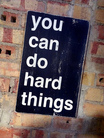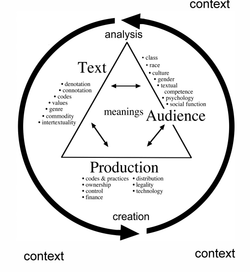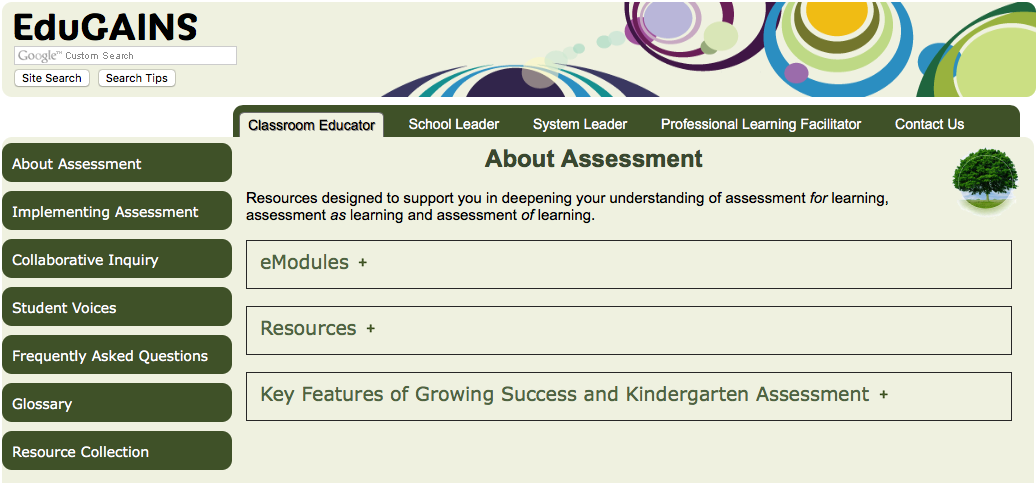
Assessment Tools
Today we'll take some time to explore and experiment with assessment tools for teachers. Managing and collecting learning documentation is an essential part of the work you'll do. It's not only about establishing the learning goals, creating the success criteria, setting the learning targets and providing feedback to improve learning. It's a shared responsibility to manage the 'evidence of learning'.
Let's look at some digital tools to help with this work.
Today we'll take some time to explore and experiment with assessment tools for teachers. Managing and collecting learning documentation is an essential part of the work you'll do. It's not only about establishing the learning goals, creating the success criteria, setting the learning targets and providing feedback to improve learning. It's a shared responsibility to manage the 'evidence of learning'.
Let's look at some digital tools to help with this work.
|
Assessment and evaluation can be considered through a media lens - consider the audience, text and production.
How could you share the 'story' with students and parents when it's time to 'report' on progress? Who are the authors and what are the roles for students ~ as collaborative co-authors or only characters in the story? |
|
Learn more about assessment practices in the classroom by visiting the EduGains site to gather information.
View some of the eModules available to help clarify your understanding [About Assessment]. There are a number of video resources to view, including a series about descriptive feedback [Resource Collection]. One series focuses on assessment practices within early learning contexts [Assessment for Learning with Young Learners]. |
Show and Share - SeeSaw and FreshGrade
|
|
|
Enhancing your choices of digital assessment tools
|
SEESAW LINKS and Resources
|
FRESH GRADE LINKS and Resources
|
Hangout to learn more
Resources/Links:
- SIMCOE COUNTY links and resources
Transforming Assessment through Technology – presentation Feb 14, 2017 for SCDSB
Transforming Assessment through technology Launch 2016/17 – presentation
Inquiry and Assessment – presentation for SCDSB by Becky Kennedy & Shannon Simpson
Igniting the Spark with assessment fundamentals – presentation done for SCDSB by Lisa Boate
Leveraging Digital Tools for Deep Learning – presentation on Feb 21, 2017 for SCDSB
Customizing Instruction based on triangulation of assessment – presentation by Marie Swift
Reading Assessment for Junior & Intermediate Classes – presentation by Marie Swift
ADDITIONAL REFERENCES AND RESOURCES
Making Learning Visible Through Pedagogical Documentation – Written by Dr. Carol Anne Wien, York University for Ontario Ministry of Education
Experiences in Self Determined Learning: Moving from Education 1.0 through education 2.0 towards education 3.0 – Jackie Gerstein
The Learning Exchange, Dr. Chris Suurtamm: Assessment to Promote Mathematics Learning [webinar recording] March 26, 2015.
Assessment 3.0: Throw out the grades and inspire learning slide deck presentation by Mark Barnes, May 7, 2015.
Visible Thinking – Core Routines (web site with downloadable documents)
Edutopia, Eliminate Assessment Fog – Formative assessment, by John McCarthy, Jan 10, 2017. - Classroom Timer with sound effects: http://www.classtools.net/education-games-php/timer


